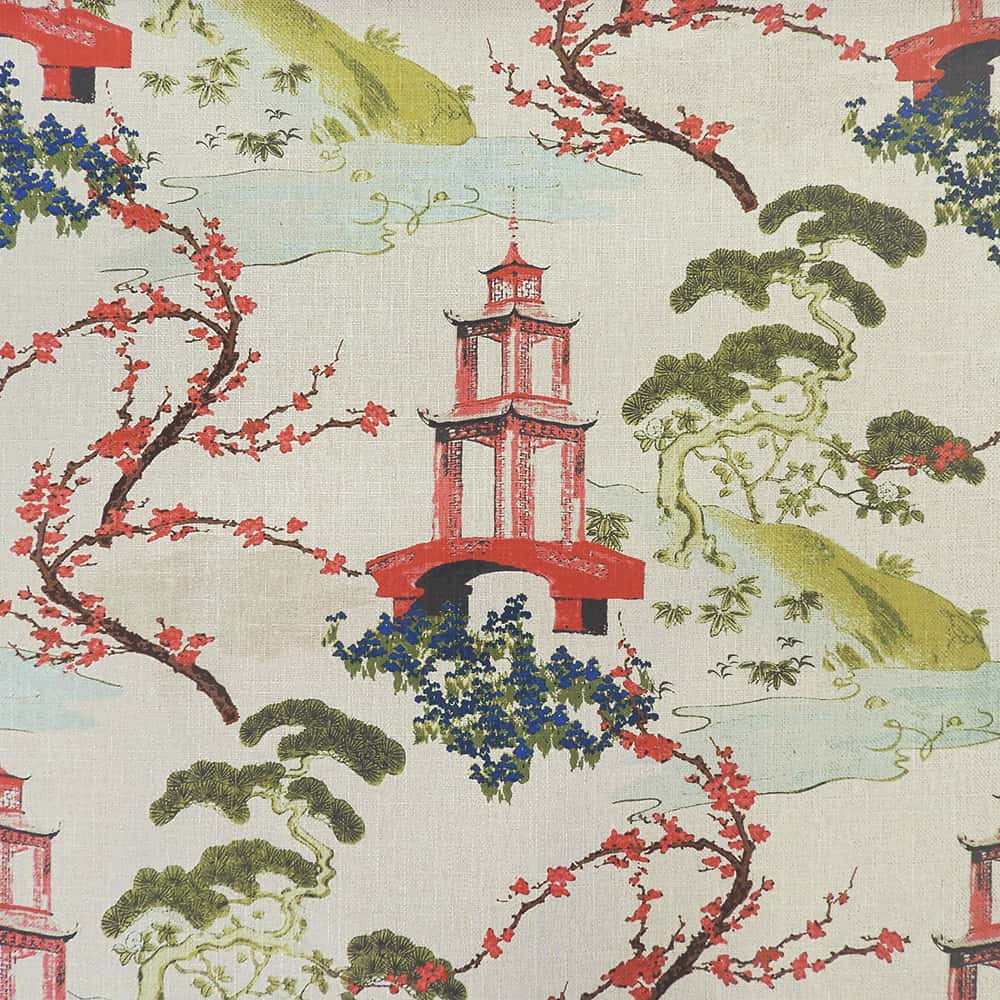

Next to the images of Dhaka’s mutilated rivers, it’s possible the concept of dunking t-shirts into a bacterial soup suddenly seems more palatable. A 2014 World Bank report found the industry goes through about 9 billion cubic meters of water per year - roughly five and a half times more than what New York City consumes in the same period. Zooming out, the fashion industry consumes an enormous, basically unimaginable amount of water. How Colorifix dyes textiles with bacteria. They secrete that color onto your tiles or your grout” he explained. “In a place like England, you’re gonna get mold, mildew and stuff growing on the tiles. So, uh, how does one persuade microbes to make dyes? I asked Ajioka, and he told me to check my shower for something red. “If you go to synthetics, we’re going to save way more than this,” co-founder and chief scientific officer Jim Ajioka added in a call with TechCrunch. That’s for natural fibers, but the upsides are greater for materials like polyester or nylon, which are generally made from petroleum and trickier to dye.

Its microorganisms are engineered to produce specific colors and then brewed in vats like beer.Ī third-party life cycle analysis (paid for by Colorifix) found its dyes use at least 49% less water and 35% less electricity than conventional cotton dyeing processes, apparently slashing carbon emissions by 31%. coli) to naturally deposit dyes directly onto fabrics.

#Color zen textiles series
One such company, Colorifix, just got a boost via a $22.6 million (£18 million) Series B round, led by Swedish fashion giant H&M.Ĭolorifix stands out for its progress in using microbes (such as E. The environmental crises linked to textiles have given rise to several firms that aim to reimagine dyeing altogether. Wastewater treatment, when it happens, is just one of the energy-intensive (read: carbon-spewing) processes that make fast fashion possible. That’s because textiles usually get their hues from toxic chemicals, and the resulting wastewater - laden with dyes, acids and formaldehyde - destroys rivers, such as those surrounding Dhaka, the capital city of Bangladesh. Bacterial secretions might dye your future wardrobe, and that’d be an improvement.


 0 kommentar(er)
0 kommentar(er)
